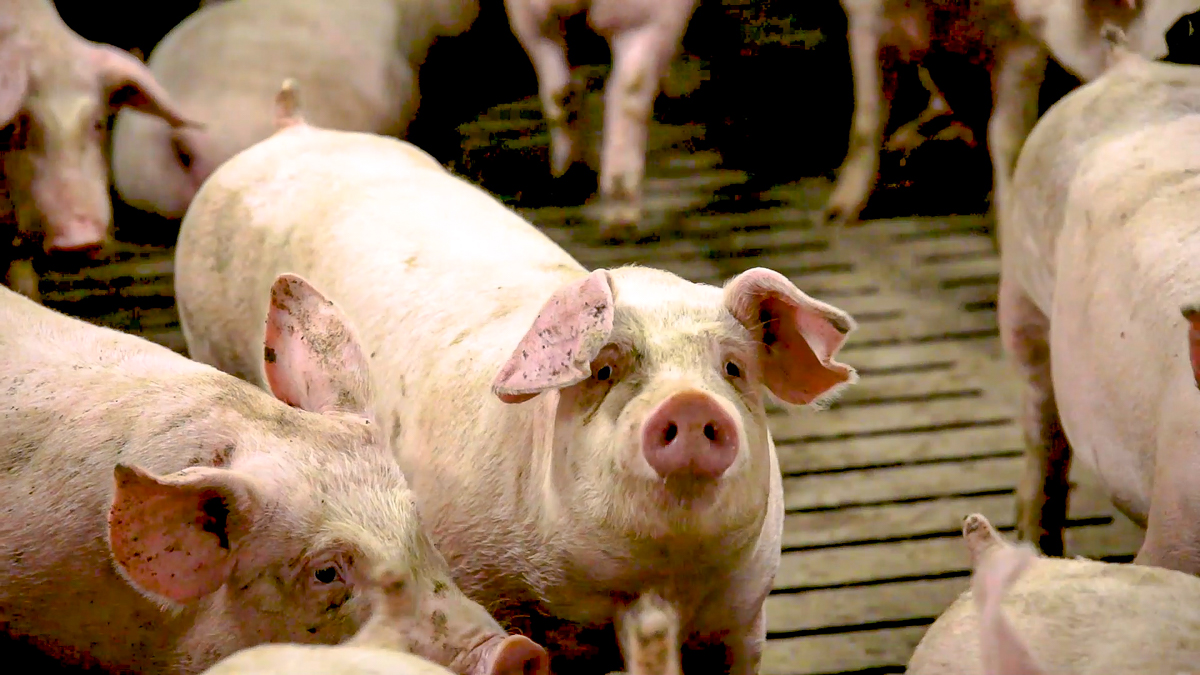Irish pig farmers have managed to increase ‘born alive’ rates per litter by 36% over the past 22 years, a significant increase in performance by any measure.
And it has been made all the more remarkable by the fact that pig producers were probably losing fortunes of money for many of the most recent years.
The figures were unveiled at the recent Teagasc annual pig conference.
No doubt all of this improved efficiency is helping to improve pig farmers’ bottom line. But in many ways, the real question is this – what has it done to reduce the carbon footprint on Irish pig units?
It would be interesting to see, for instance, does an increase in the number of live pigs produced have a proportionate impact on the overall efficiency of the businesses concerned?
If this is the case, then, hopefully, one can assume that the downward impact on carbon footprint will be of a commensurate level.
Pig welfare
Meanwhile, the issue of animal welfare standards remains a very relevant subject for Ireland’s entire pig sector to address.
The Teagasc conference provided attending delegates with a perspective on how farmers in Finland address this critically important subject e.g., the tail docking of pigs has been banned in the country since 2003.
Moreover, welfare in the Finnish pork production is stimulated and regulated by the Finnish government.
To encourage pig producers to invest in animal welfare, subsidies are made available e.g., welfare improving investments are generally subsidised to the tune of 30%.
A number of production-related support systems are also made available by the Finnish government.
These include a free-farrowing subsidy of €250/sow/year and an intact tail subsidy of €21/finisher place/year.
This latter subsidy is given when less than 5% of the finishers have tail wounds at slaughter.
Obviously, the Finnish authorities have decided to prioritise an element of national funding to support the country’s pig industry. So, there is no reason why Ireland cannot follow this lead.
For four decades and more, the pig industry was kept totally outside the EU support loop, purely on the back of Brussels dogma.
Thankfully, this very straight-jacketed approach to EU farm support measures is fast changing.
However, while the approach being taken with pig farmers by the Finnish government is to be commended, it is also worth noting that much of the ground-breaking research on providing enriched environments for pigs was actually carried out here in Ireland.
